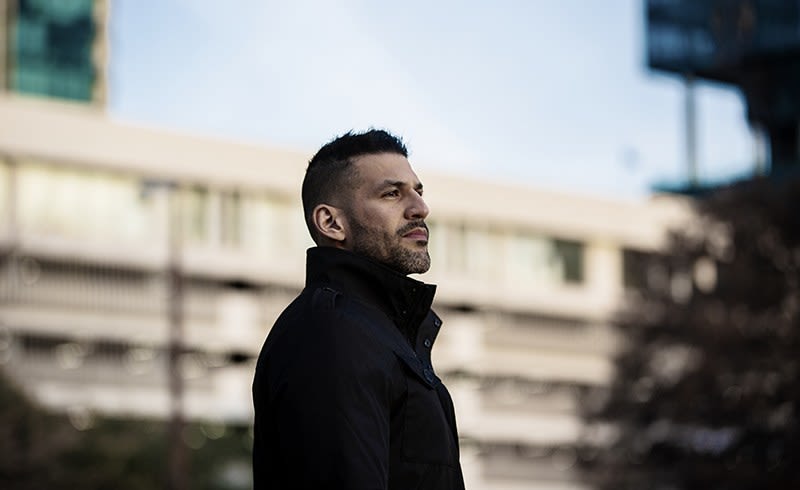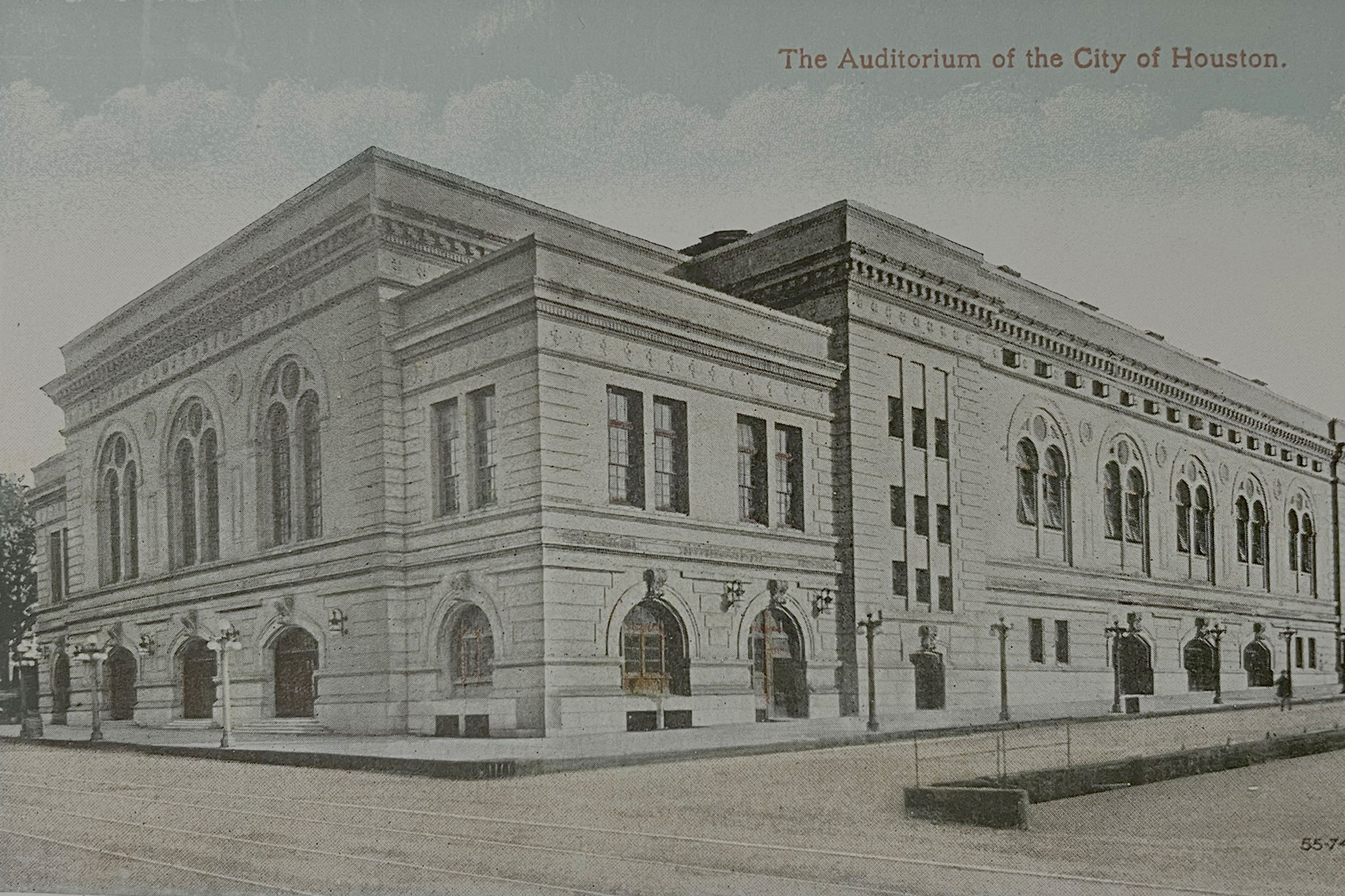The Houston Symphony’s Ad Astra Gets a World Premiere

The Houston Symphony doesn’t usually use a wind machine or siren in their performances. They will for Symphony No. 2, Ad Astra, a commissioned work by Jimmy López Bellido making its world premiere this week.
López, the Symphony’s composer-in-residence, used the NASA space program as inspiration for Ad Astra—hence the wind machine and siren. “We had to listen to a few different sirens before we picked one,” López tells us, laughing.
The sweeping, grand scale of a symphony perfectly reflects outer space, according to López. And Houston’s unique relationship with the space program made it a perfect subject for a symphony meant to reflect the city. López researched the history of the space program and its impact on Houston extensively, including visits to Space Center Houston and talks with astronauts.
Each of the symphony’s five movements chronicles one of the space program’s landmarks.
NASA included a recording of several greetings and messages, including one in Morse code, in the 1977 Voyager program. López used the Morse code as a starting point for Voyager, Ad Astra’s first movement. “Morse code already has a musical aspect to it; it has a rhythm to the sound,” López says.“I used that as the motif for the whole symphony. We start with the vibraphone playing that and that triggers the first movement.”
The second movement, Apollo, is meditative, reflecting the fatal Apollo 1 mission where three astronauts died in a fire during a pre-flight test in 1967. The Hubble Space Telescope inspired Hubble, the third movement, and it’s here that López uses a wind machine.
The fourth movement, Challenger, reflects both the hope and then despair surrounding the Space Shuttle disaster. “I know we always want to focus on what is successful and what is inspiring, but we have to remember that there were a lot of risks involved in space exploration. People have given their lives for this quest, and the fourth movement is an homage to that,” says López.
The last movement, Revelation, is set in the future, when López imagines humans make contact with alien beings.
“I envision a civilization being able to decode the messages we’re sending," he says. "I believe it’s an inevitable outcome for us to establish contact with someone else.”
López completes his three-year residency with Ad Astra, and he says the quality of the Houston Symphony’s musicians made his work as a composer easier. “When it comes to a symphony, normally you don’t have the luxury of knowing the orchestra that you’re writing for. In this case, since I’m the composer-in-residence, I know this orchestra. I understand their strengths, but the Houston Symphony is so good that there are no weaknesses to be found," he says. "Basically, I can write anything that I want.”
Ad Astra will be performed during the first half of the program. Guest artist Gil Shaham performs Brahms’ Violin Concerto during the second half. Houston Symphony music director Andrés Orozco-Estrada conducts.
Dec. 5-8. Tickets start at $29. Jones Hall for the Performing Arts, 615 Louisiana. 713-224-7575. More info and tickets at houstonsymphony.org.




